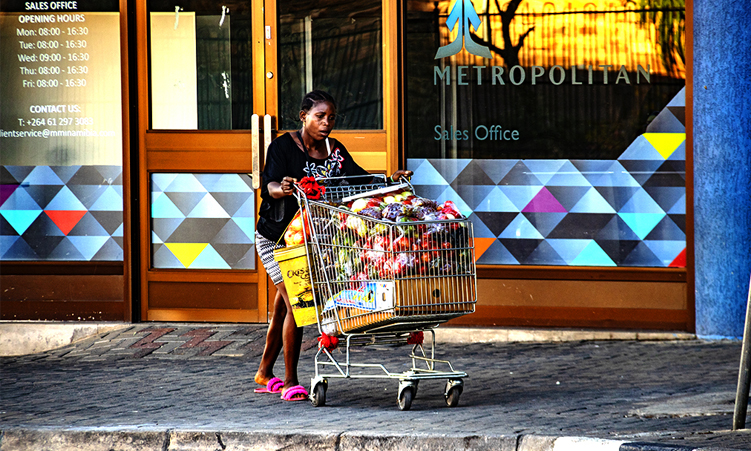On average, households in Namibia spend at least 17,8% of their income on servicing loans they would have taken from banking institutions.
This is almost double the 9% recorded in 2020 and shows how pressured households are from high interest and debt levels.
At this level though, the Bank of Namibia and the Namibia Financial Institutions Supervisory Authority who assess the country’s financial stability, said it was no cause for concern.
The two regulators released the 2023 financial stability report, which reveals that the financial system has remained sound, profitable and resilient, despite sluggish economic conditions.
Overall, the financial system in Namibia remained sound, profitable and with no disruptions or disorderly functioning of key financial services, despite the economy performing below potential.
Despite the positive blanket assessment, the household debt-servicing costs increased from 9% in 2020 to 17,8% in 2022, reflecting a combination of higher debt levels, as well as high interest rates, indicating that households have it rougher.
“Although households are highly indebted, the majority of their debt is secured lending of which mortgage lending accounts for most of it.
The equity position of homeowners remained in positive territory, as such risks to financial stability are less pronounced,” said the regulators.
Of concern, however, is the growth in unsecured lending which is, for the most part, consumption spending in nature, said the regulators.
“It becomes a financial stability concern when unsecured lending grows significantly, because it also speaks to a need for a review of the credit policies of the Domestic Systemically Important Banks to become more prudent,” said the regulators.
The higher interest rates have also become a pain, and have direct implications on the households’ debt-servicing costs.
“This puts additional strain on already vulnerable households, as such their ability to service both interest and capital repayments has weakened, which is substantiated by the growth in household debt,” reads the report.
The debt servicing to disposable income ratio also increased during 2022 – from 5,7% in 2021 to 6,2% at the end of last year.
At the end of last year, Namibian households held N$64,7 billion in debt, and their income was just slightly above N$88 billion.
This leaves a net of just N$24 billion.
Last month, economists Enos Kamutukwata and Halleluya Ndimulunde argued that there is a need to promoting financial literacy can help individuals make informed decisions about managing their finances.
There is also a need to promoting financial inclusion by increasing access to digital financial services and formal financial institutions can help reduce reliance on informal lending and increase financial security, especially among marginalised groups and rural communities.
Additionally, there is a need to develop new products – with low costs of borrowing such as Buy Now Pay Later (BNPL), and also alternative or non-traditional forms of collateral.
“Despite these efforts, household debt remains a significant challenge for many Namibians, and ongoing efforts are necessary to address this issue and promote long-term financial stability”, they said.
Email: lazarus@namibian.com.na
Twitter: @Lasarus_A
Stay informed with The Namibian – your source for credible journalism. Get in-depth reporting and opinions for
only N$85 a month. Invest in journalism, invest in democracy –
Subscribe Now!






